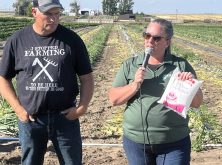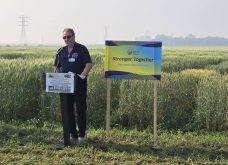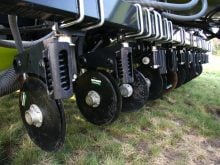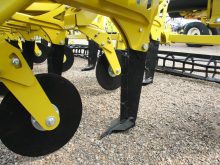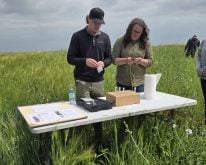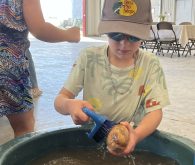WINNIPEG – Monsanto Canada officially unveiled its $12 million canola breeding centre in Winnipeg Nov. 23.
Company representatives say the substantial investment in canola should pay off in two ways:
• push the company toward its goal of doubling canola yields by 2030;
• help Monsanto grab a greater share of the market for hybrid canola seed.
“We’d like to think we’re just at the early part of our growth,” Monsanto canola marketing lead Neil Arbuckle said following a public tour of the centre at the University of Manitoba.
Read Also
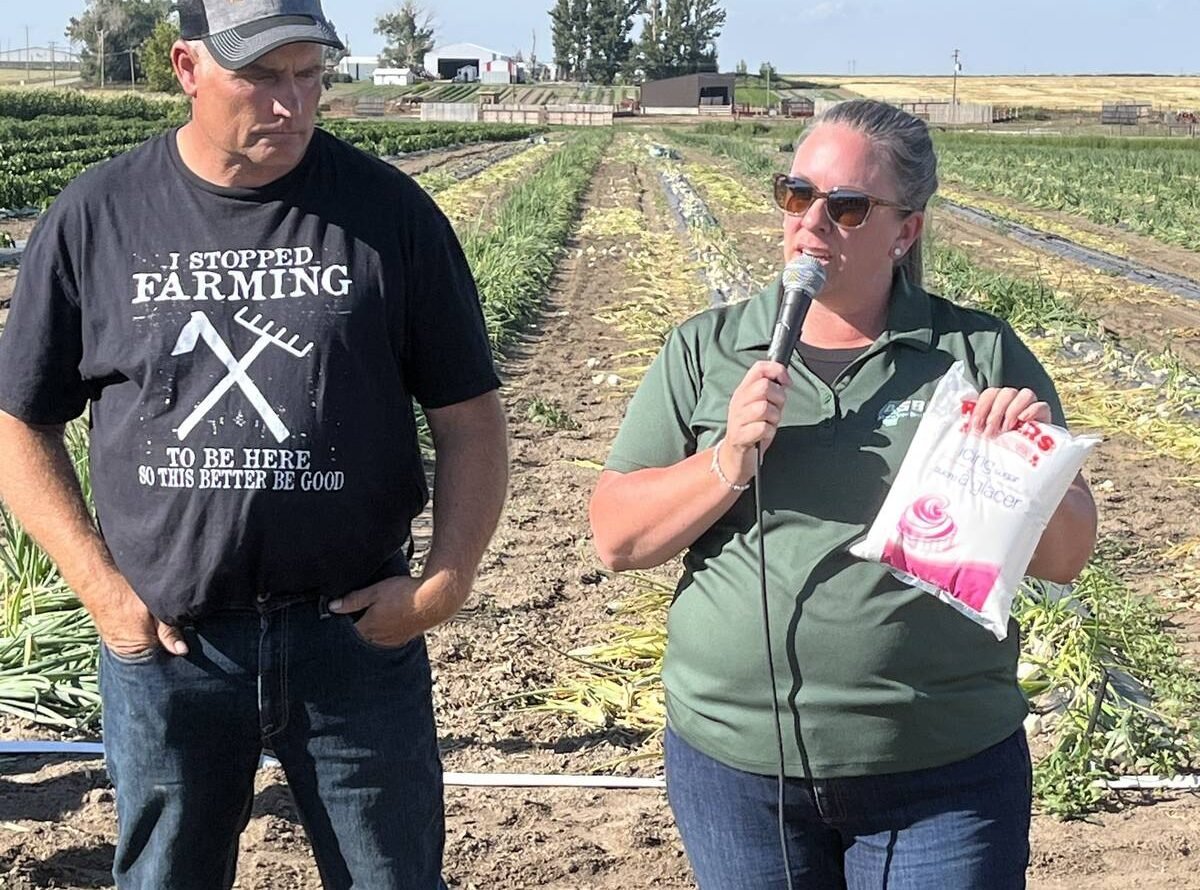
Alberta’s beets a sweet domestic segment in Canada’s sugar supply
The sugar beet industry is showcased during a Farm to Table tour, as Taber features the last remaining sugar beet processing plant in all of Canada.
“In 2010, Monsanto germplasm was just over 16 percent of the (canola) market. We used to be around 12 (percent).… Bayer is on about 48 (percent of acres) and Pioneer is probably in the 18 to 20 percent range…. In the next five years we’d like to achieve 25 percent (of the market).”
The new centre is the result of years of efforts by Monsanto Canada management to convince officials at the company’s headquarters in St. Louis, Missouri, that canola is worth the investment.
“For canola, it was really about selling the viability of this crop to our organization,” said Monsanto Canada president Derek Penner.
“What we did is we looked at the global industry…. When you look at the number of acres in North America and you look at the number of acres in Europe, it’s a very large crop for this company.”
Monsanto confirmed its commitment to canola last year when the company announced plans to double the oilseed’s yields by 2030.
The centre in Winnipeg is one of Monsanto’s two hubs for breeding canola. The other is in France.
Approximately 125 people attended the grand opening and were shown the facility’s labs, growing rooms, soil preparation areas and seed analytics equipment.
Penner said the investment in the latest technology will allow the company to expedite the hybrid selection process.
“We have a lot of technology in our company,” he said. “This is the first time we have (in Winnipeg) the state of the art, cutting edge technology that we would have in St. Louis.”
The 40 to 60 employees employed at the breeding centre will comprise part of Monsanto’s $20 to $30 million annual investment into canola research and development.
That figure is comparable to Monsanto’s investment in wheat research but a fraction of what the company spends on corn and soybeans
“You’re looking at $400 to $500 million for corn and probably $200 to $300 million on soybeans,” Penner said.
The world’s farmers grow canola and rapeseed on 30 million acres annually, Penner said, while U.S. corn is seeded on 90 million acres.
Arbuckle said investing in breeding is a key component of Monsanto Canada’s plan for its Dekalb hybrids because farmers are always seeking higher yields and better seeds.
“It’s an extremely competitive marketplace,” he said, which means the company constantly needs to have superior hybrids in its development pipeline.
Penner said Monsanto Canada custom designed the 29,000 sq. foot centre in Winnipeg.
It is a significant improvement over the company’s previous breeding facility in Winnipeg, he added, which was located in a strip mall.
The new centre uses geothermal heat, has sensor lighting and is certified as an energy efficient building.



